What's the Difference Between 4WD and AWD?

Before we get too far into this festival of definitions and hair-splitting, it is important to know that – absent of all other considerations – power to all four wheels simply gets you up to crashing speed more quickly. Four- (or all-) wheel drive does nothing to improve stopping distances and does very little if your vehicle is equipped with worn tires that resemble party balloons.
That said, a well-maintained (and smartly driven) vehicle that has four driven wheels has some serious advantages, particularly in slick conditions. Given our climate, there is no shortage of those in the snow belt, explaining that area’s higher take rate on machines with power being delivered to all four corners compared with neighbors to the south.
There are some key differences between four-wheel drive and all-wheel drive, variances that are significant enough they may influence your next buying decision. Buckle up and let’s find out which one is right for you.
What’s the Difference Between 4WD and AWD?
Four-Wheel Drive (4WD) or 4×4
This term often conjures up thoughts of a rugged machine bounding its way over rough terrain, or Dr. Ian Malcolm outrunning a T-Rex in his Jeep Wrangler at Jurassic Park. That image is not without merit, as vehicles bearing the four-wheel drive badge are often trucks or SUVs bound for the wilderness.
At its essence, four-wheel drive is a system that delivers power to all corners of a vehicle equally and without any sort of electronic wizardry. By electronics, we mean systems that are designed to mete out power based on the amount of traction that’s available. Four-wheel drive sends power to a wheel whether it wants some or not.
In 4WD or 4×4, power is routed from the engine through the transmission before making its way through a transfer case and one or more differentials. These units split the power fore-and-aft and left-and-right, respectively. The action of transfer case is driver selected, with a lever or buttons sending commands to the unit, deciding if sending power to all four wheels is desired or not.
ALSO SEE: CVT Transmission Pros and Cons
A differential, on the other hand, is like your Uncle Buck – quite lazy and generally uncontrollable if left to its own devices. By its nature, power wants to take the path of least resistance, so if you’ve stuffed your 4WD machine into an especially off-camber mudhole, it will send power to the tire that’s five feet in the air because it’s easier to spin than the one that’s making contact with terra firma. This is less than helpful.
It is also why engineers have developed something called locking differentials. This type of differential (or “diff” as it is referred to by the cool kids) allows both wheels on an axle to accept power and turn at the same rate, helping to shove you and your 4WD truck up and out of the obstacle into which you’ve wantonly driven.
This equal split of power is great for maneuvering off-road or tough low-traction situations but isn’t friendly on road in terms of everyday driveability. When one has a four-wheel drive system functioning on dry pavement, it can make simple actions such as turning a huge chore. Why? Think of the path all four wheels take when a vehicle navigates its way around a bend. All of them want to rotate at different rates since the wheels on the outside of a turn travel further than the other two wheels.
Thanks to this, most 4WD systems are known as part-time systems and are designed to be engaged and disengaged by the driver at the flick of a switch or the macho yank of a lever. The transfer case we mentioned earlier may have extra gearing inside of it, allowing 4WD systems to offer two-speed ratios, generally called 4-High and 4-Low. There is a good explanation for this but its technical details caused your author’s mind to spin out of control, even more so that it does after his grog ration of dark rum.
Suffice it to say, 4-Low multiplies the engine’s torque at very low speeds to help off-roaders get out of tricky and low traction situations. It shouldn’t be used at much more than walking speed, as the system will start to make very expensive noises.
All-Wheel Drive (AWD)
These systems are becoming ever more prevalent, thanks to the proliferation of crossovers like the Toyota RAV4, a segment of vehicle that is growing faster than those wayward vines on your cottage you keep meaning to trim. It also shows up on machines varied as sedans and sports cars.
With the help of computers and more than a bit of software programming, a good AWD system metes out power to the wheels that need it, most often automatically and without input from the driver, leaving them free to consider the wonders of the universe or at least what’s for lunch.
The vast majority of modern all-wheel-drive systems are designed to send power to a primary axle. This could be the front or rear depending on the type of vehicle. Most cars and crossovers with AWD send power to the front wheels unless traction is needed at the rear, for example, while the all-wheel drive Dodge Charger generally sends power to the back unless the computers call for traction up front.
There are also a few who send power to all corners at all times, albeit doling it out in various percentages depending on the given traction situation. High-zoot (and high-powered) performance cars use the benefits of AWD to aid traction during aggressive acceleration, while family rides like the CR-V deploy all-wheel drive as a safety feature in slick weather conditions.
Another major mechanical difference between 4WD and AWD is the lack of a transfer case on the latter type of system. While the division of power is handled through differentials, a t-case isn’t needed in this setup. This allows car designers more freedom in designing the machine, as fewer drivetrain parts are required and packaging is much easier. It’s lighter in weight, too.
ALSO SEE: Top 15 Best AWD Sports Cars
Decision Time: AWD or 4WD?
Both systems have their merits but definitely have very different advantages. Consider a four-wheel-drive system if your duties frequently take you off-road or into heavy snow where driver-controlled traction decisions are important. If your commute regularly takes you up the side of Mount Crumpet, give a lot of thought to 4WD.
For most, though, all-wheel drive is a fine choice. Modern systems will dole out power without the driver needing to give it a second thought, giving them one less task on which to focus while improving traction in weather conditions commonly found in northern areas.
Do your homework, think about your driving situations, and you’ll make the right decision. Just remember that good tires are an important part of the equation, no matter which one you choose.
ALSO SEE: Why You Absolutely Need Winter Tires, Even if You Have All-Wheel Drive or 4WD

Living in rural Canada, Matthew has immersed himself in car culture for over 30 years and relishes the thought of a good road trip. A certified gearhead, he enjoys sharing his excitement about cars and is very pleased to contribute at AutoGuide. Matthew is a member of Automotive Journalists Association of Canada (AJAC).
More by Matthew Guy



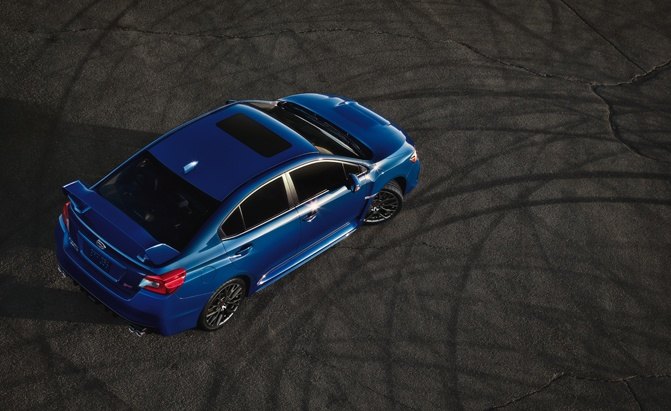


















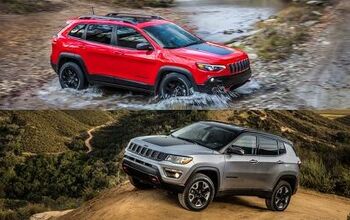


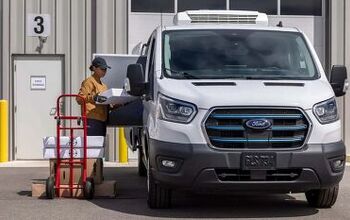



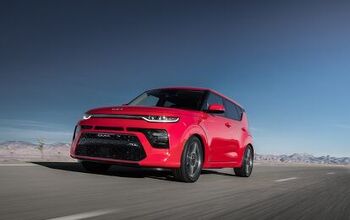
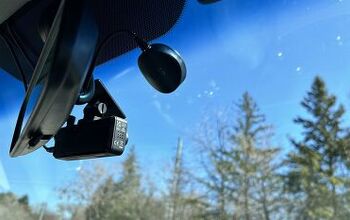





Comments
Join the conversation
Good article. Well written.